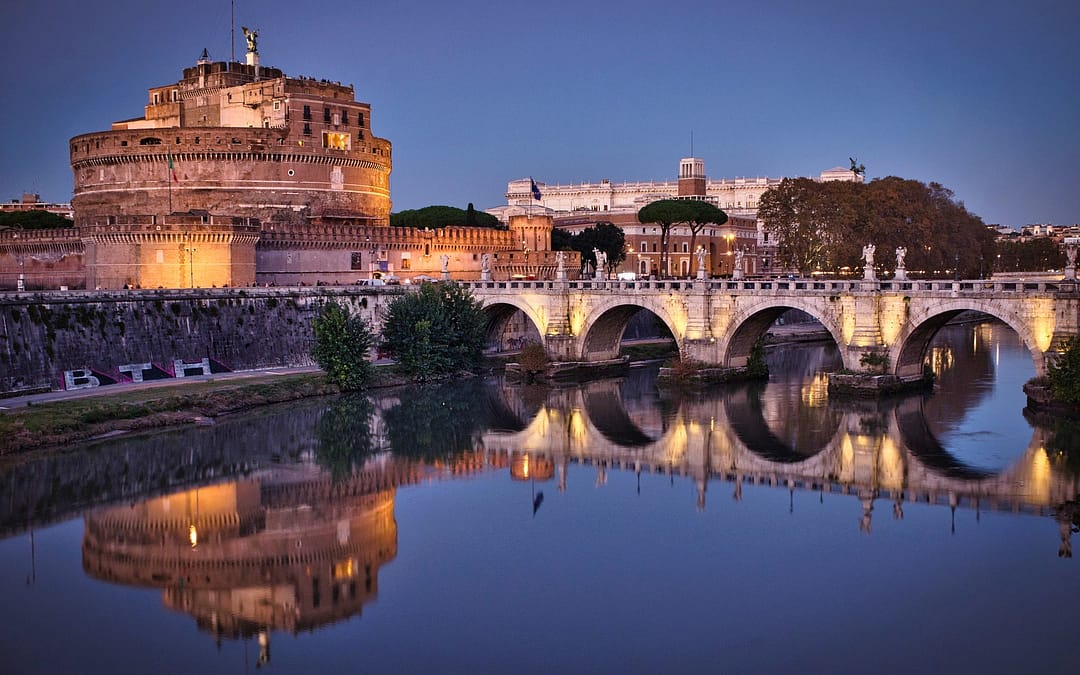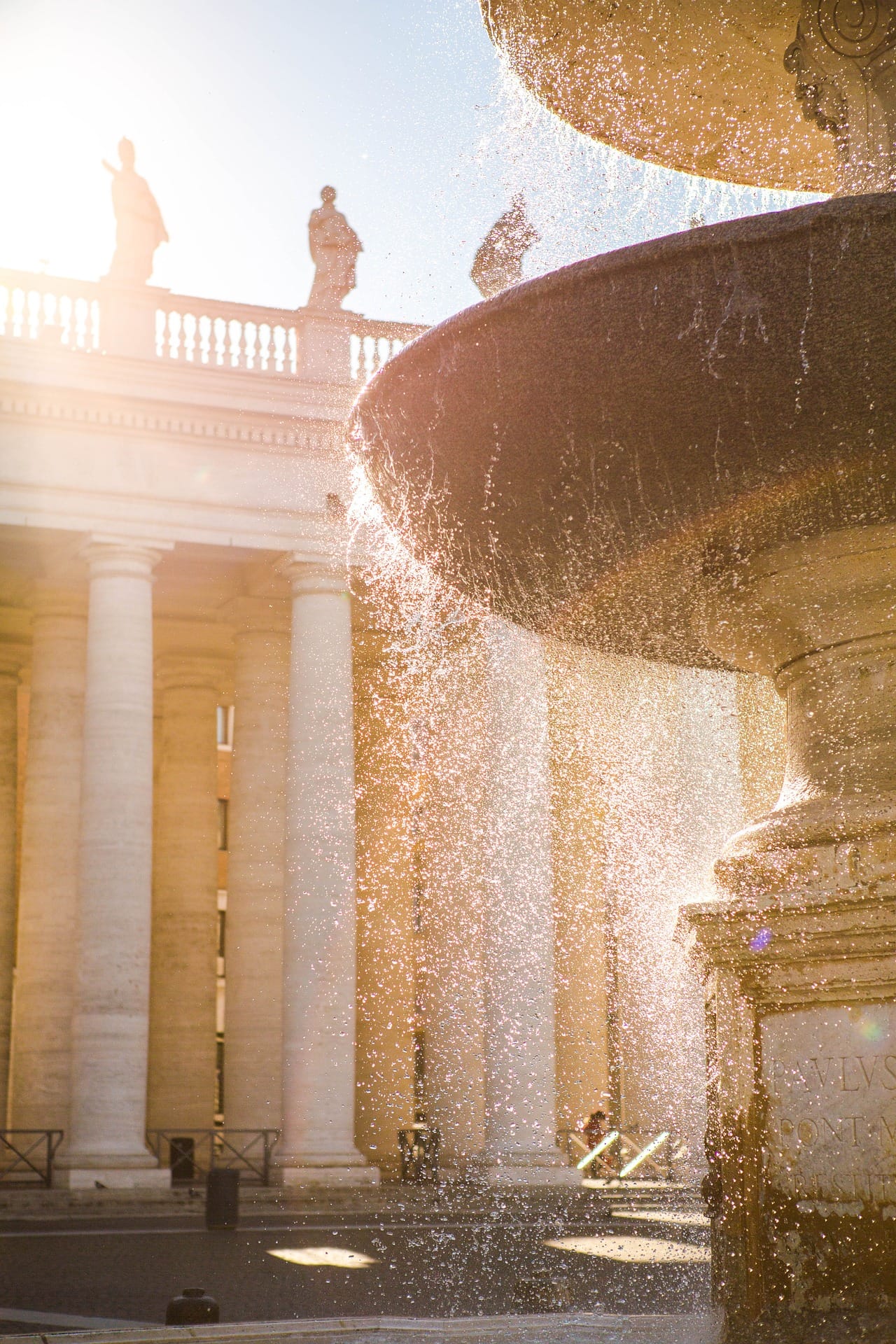Colosseum: A Triumph of Architecture and Entertainment
Our first stop is the Colosseum, an iconic monument and one of the seven wonders of the world. Built by Titus in 80 A.D., this Flavian Amphitheatre stands as a testament to Roman engineering prowess. With a capacity of over 50,000 spectators, the Colosseum’s elliptical shape, innovative design, and tiered seating structure have inspired modern stadiums.
As we wander through the ancient ruins, we learn that the Colosseum hosted gladiator shows, re-enactments of battles, and dramatic performances. The tiers, stratified by social classes, allowed for a diverse audience. The vivid descriptions of violent gladiator fights and bloodshed remind us of its gruesome past, contrasting with its current status as Rome’s top tourist attraction.
Today, the Colosseum also houses a museum dedicated to the Greek god Eros, featuring captivating temporary exhibitions.
Imperial Forums: A Political and Cultural Hub
Moving on, we explore the Imperial Forums, the heart of political life in ancient Rome. These forums, constructed over 150 years, witnessed the rise and fall of empires. From Caesar’s Forum to Trajan’s Forum, each structure tells a tale of power, grandeur, and architectural brilliance.
The Forum of Trajan, the largest of Rome’s forums, boasts Trajan’s Column, a remarkable testament to the emperor’s military victories. Apollodorus of Damascus’ Trajan Markets, adjacent to the column, once served as a bustling hub for retail trade.
Circus Maximus: Gladiatorial Spectacles and More
The Circus Maximus, an immense spectacle building, echoes with tales of chariot races, Ludus Troianus, and gladiatorial contests. With a capacity of 300,000 spectators, it hosted events ranging from political demonstrations to public executions. Despite being ravaged by fire and rebuilt several times, the Circus Maximus remained active until the 6th century.
Rome, often referred to as the eternal city, has an unparalleled charm that unfolds best when discovered on foot. With comfortable shoes and a camera in hand, embark on a journey through time as Rome reveals itself in all its splendor.
Roman Domus of the Caelian: Layers of History Beneath the Basilica
Descending below the Basilica of Saints John and Paul, we uncover the Roman domus of the Caelian. Known as the house of the martyrs John and Paul, this archaeological site encapsulates over four centuries of history. From thermal baths to high-rise flats, the domus evolved through different phases, witnessing the transition from paganism to Christianity. The underground museum showcases exquisite artifacts from the excavations.
Thermae Antoninianae: Baths of Caracalla’s Grandeur
Our journey concludes at the Thermae Antoninianae, the Baths of Caracalla. Built by Emperor Caracalla in 216 A.D., these baths stand as one of the best-preserved imperial buildings. The rectangular layout, with caldarium, tepidarium, and frigidarium, offered not just bathing but also spaces for walking and studying.
The Baths of Caracalla’s undergrounds, a labyrinth of tunnels, housed the technological machinery and a Mithraeum, showcasing the influence of oriental cults. The grandeur of these baths, with marble columns, mosaics, and colossal statues, transports us back to a time when this architectural marvel was at the heart of Roman life.





